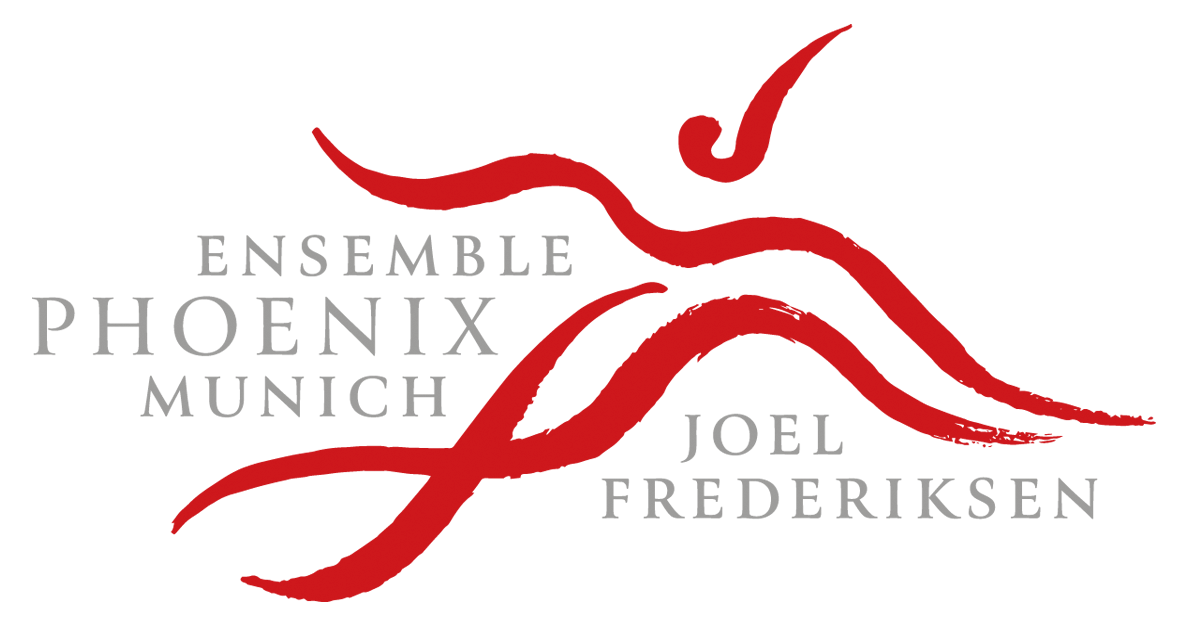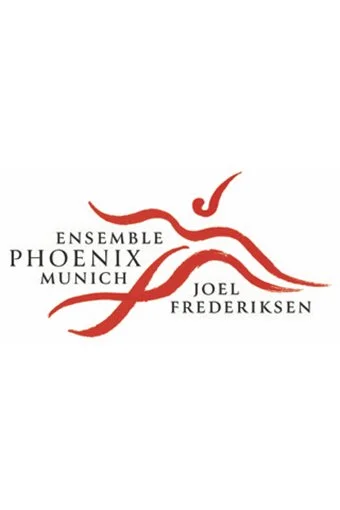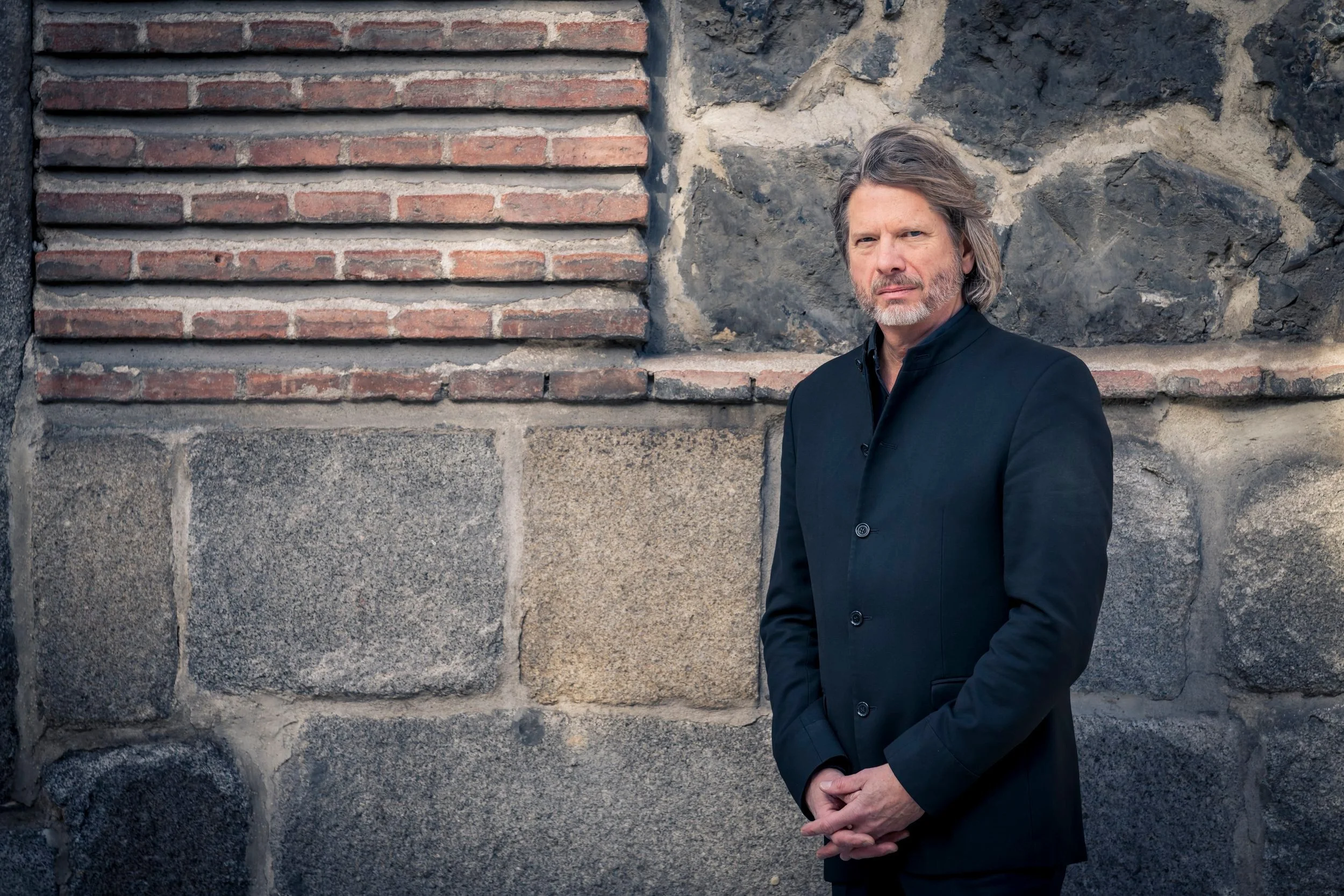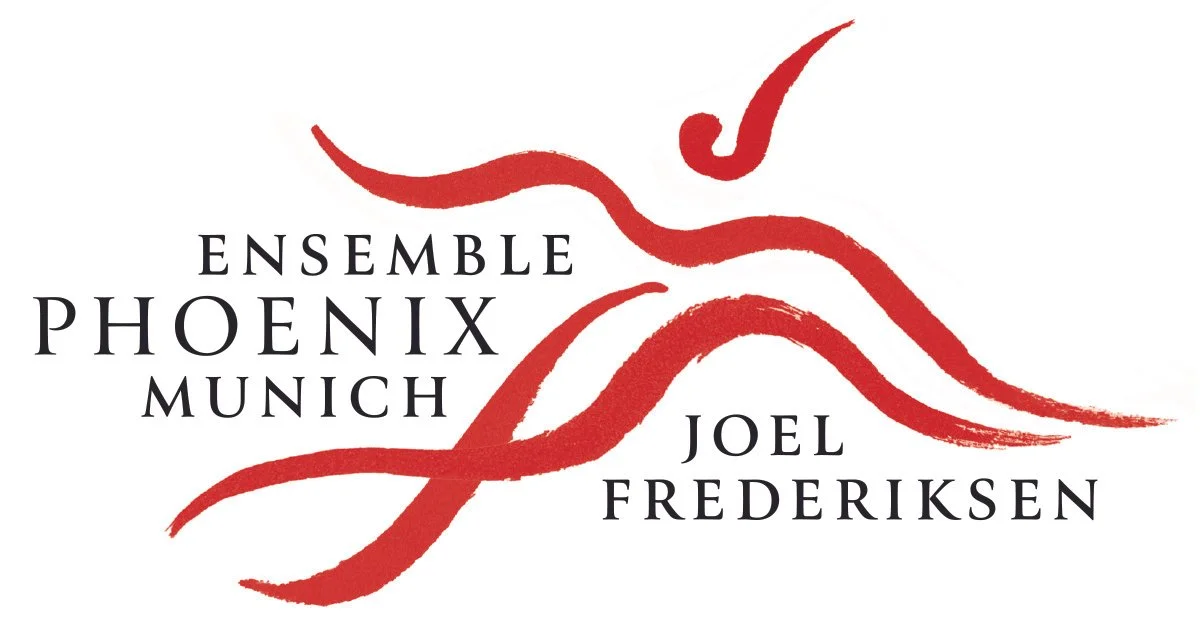Songs to the moon
A fascinating journey through the world of music from the Renaissance to the beginning of the Baroque period. This program brings the mythical Greek figure of Orpheus to life. Orpheus, a gifted singer and lyre player, enchants and transforms through the power of his singing. Joel Frederiksen, singer and lute player, revives the ideals of the Renaissance and draws on Greek influences, striving to win the hearts of his audience and touch their souls in concerts of unique intensity. He embodies the character and aesthetics of the myth of Orpheus and accompanies himself in a way that highlights the sensitive declamation of the texts in conjunction with the power of rhetorical principles.
This program is a mixture of old and new. From Frederiksen's Echo Award-winning CD program “Requiem for a Pink Moon” (2014) come songs by Nick Drake, arranged alongside and with English Renaissance compositions by John Dowland and Thomas Campion. Frederiksen's “The day love died” is inspired by Robert Johnson's “Orpheus, I am” about love and loss. The folk melody “The Woods So Wild” is presented in an arrangement by William Byrd. Dowland cleverly incorporates the melody into the last part of his song “Can She Excuse.” Inspired by Dowland, Frederiksen has woven the popular Renaissance ballad “Go from My Window” into his own love song “I Wanna Run Right After You.” The Renaissance poet and composer Thomas Campion is a great inspiration for Joel Frederiksen's work. This program includes a tribute to Campion, “A Woman's Heart,” as well as two compositions by the composer himself.
The program ends with a series of pieces from the early Italian Baroque period, composed expressly for the bass voice. Expressive and virtuosic, they introduce the new musical style that was popular at the end of the 16th century: “Le nuove musiche.”
The “pink moon” that Nick sings about is the moon of the lunar eclipse. Its appearance is eerie and strange, as Nick says: “Pink moon is gonna get you all...” Dowland writes “Say love if ever thou didst find” and mentions the moon in connection with Queen Elizabeth, who is also very changeable and unpredictable. Our full moon illuminates the night and shows us the way!
Joel Frederiksen - Bass, Lute, Direction, Compositions
Domen Marinčič- Viola da Gamba
Jacopo Sabina - Lute, Theorbo













